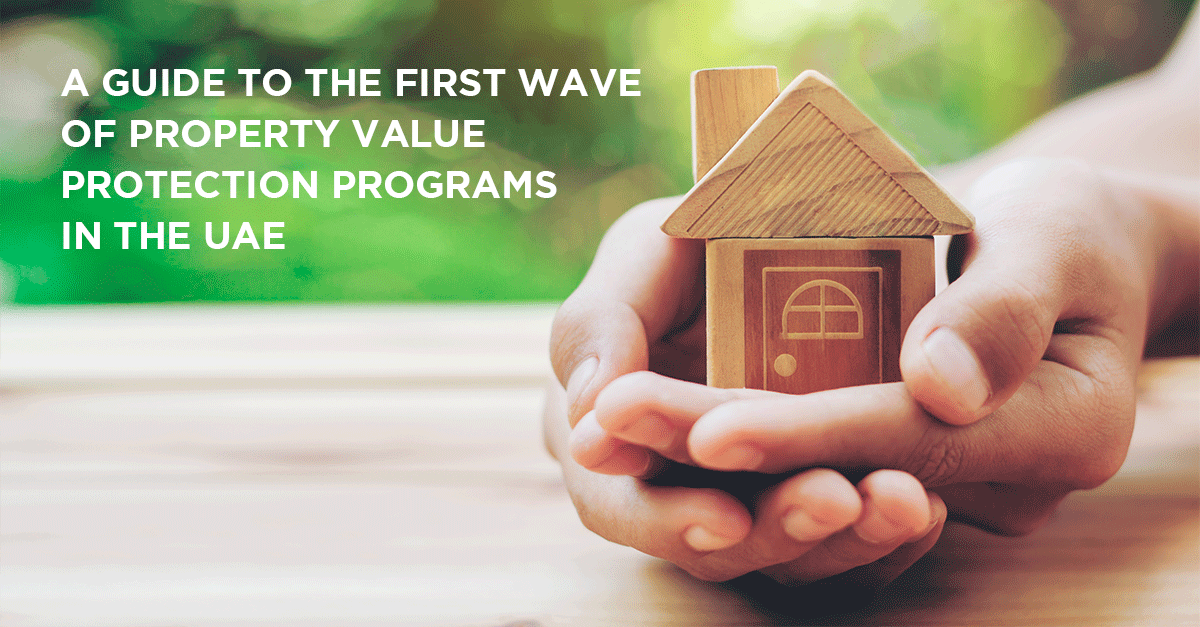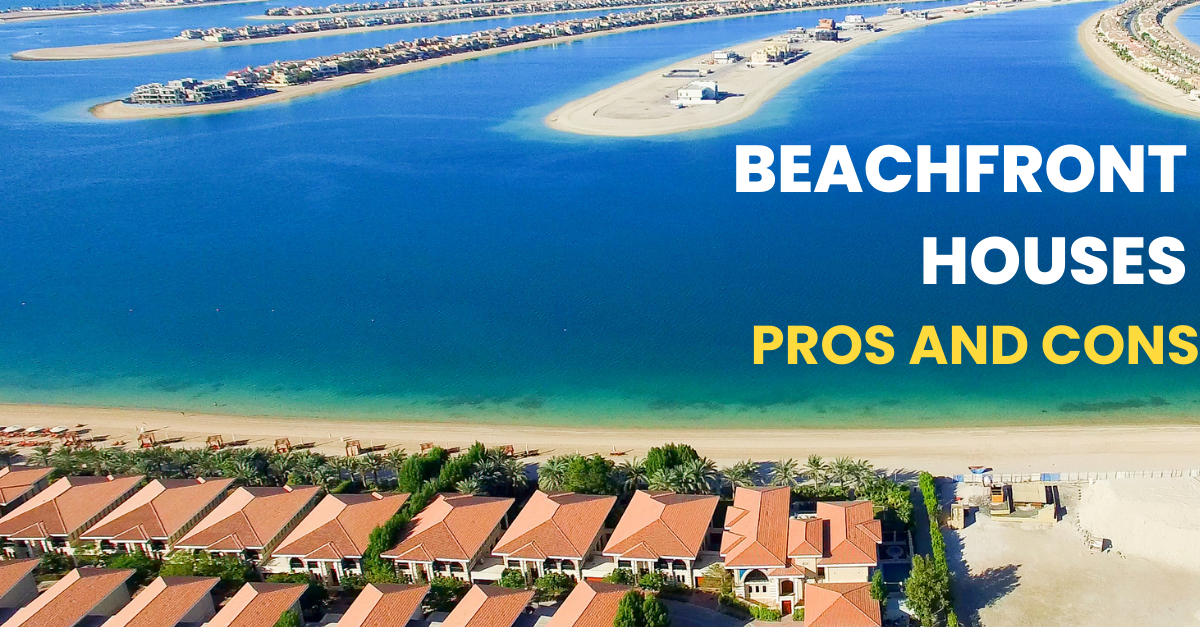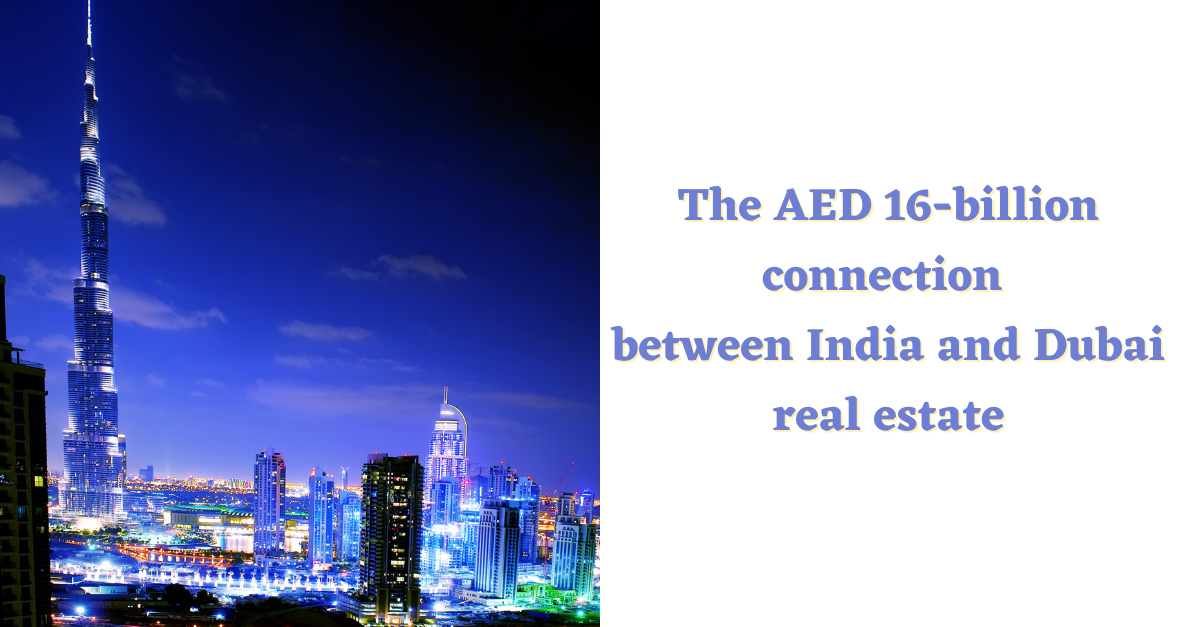A guide to the first wave of property value protection programs in the UAE
One of the burning questions in the US in the 90s was: how do we survive the shifting, volatile real estate market. Across the nation, more than half of home owners had witnessed a rapid diminution in property value in the span of five years. This predicament resulted in buyers seeking an insurance against price declines, which in turn led to the creation of home equity protection plans. For a nominal percentage of the property value, buyers could enter a contract that protected against loss of equity in their home, in case the market took a turn for the worse. At the time of selling the property, the contract enabled home owners to receive a payment equal to the percentage decline in the local home-price indices.
Although the first issuance of such value protection plans dates back to 1978, the practice gained popularity in the last few years of the previous century. These financial arrangements were aimed at attracting and retaining homeowners in neighbourhoods marred by long term decline in property valuation. The Yale University, in conjunction with a number of local partners, initiated a value protection program, which resulted in nearly 60 customers and $4 million of home value protected in 2002 (1). Following a successful introductory phase, the program turned into a larger real estate incentive, garnering attention from mainstream media. At the height of the real estate crisis, during the recession of 2008, the program found takers in foreign markets as well, particularly in Canada.
Index-based futures contracts for hedging market risks in real estate had since remained largely confined to the western world. However, in a first of its kind for the region, a property value protection scheme has recently been introduced in the UAE. Sharjah Holding, a joint venture of Majid Al Futtaim Properties and Sharjah Asset Management, has launched the UAE’s first value protection program for its flagship project, Al Zahia. As per the group, home buyers can claim the difference in value of up to 8%, if more attractive incentives are offered in the future (2).
Motives behind protection programs
The primary objective of a value protection plan is to provide investment security in a tumultuous market. By offering ways to offset losses incurred during a market downturn, developers expanded home ownership opportunities to low and moderate income families. When the earliest programs were being formulated, home owners, having invested their life savings in properties, could not afford to move or refinance if the market crashed. They were often trapped by properties whose value was on a steady decline. Given such risks, affordability did not necessarily translate to more sales, with buyers wary of markets dropping further. Under these circumstances, protection programs proved to be vital in attracting buyers to a considerable extent.
Another area where protection plans showed tangible impact is in revitalizing neighbourhoods plagued by market volatility. As the quality of life, cultural milieu, amenities, accessibility and ROI are primary factors influencing buyer’s selection of a neighbourhood, developers and sellers have included protection plans in community development strategies. In the context of the UAE, where a decline in prices is translating to increase in sales volume, protection programs are designed to further sweeten the pot.
Scope of property value protection plans in the UAE
According to Sharjah Holding, real estate deals worth AED 18.9 billion were recorded in the Emirate of Sharjah, between January and October 2019. These impressive numbers reflect Sharjah’s advanced infrastructure, geographical allure, economic stability and rationalized regulatory environment. In contrast to the original intended purpose of value protection programs in the West, the reasoning behind the scheme in Sharjah revolves around creating a community par excellence in Al Zahia, which exemplifies the perfect value-for-money profile for investors.
Similar programs, aimed at boosting investor confidence and enhancing sales, could soon be reality across the rest of the UAE. Each such program will likely be unique and tailored to drive certain business and social outcomes. However, speaking in broad terms, these schemes can be expected to be designed to specifically cater to low- and middle-income families, who constitute a sizable portion of the population with home-owning aspirations. These financial arrangements will also complement existing social initiatives such as Dubai Plan 2021 and the low-income housing policy of 2017.
As things stand, the value protection programs are in a nascent stage in the UAE. How it impacts the residential market remains to be seen. In the meantime, it is advisable to perform a feasibility study, taking into account the payment terms, insurance premium, lockout periods and applicable home-price indices. An in-depth and real-world understanding of the concept will naturally open up new avenues for implementation and unlock even more associated benefits. While the primary motivation to introduce value protection programs in the UAE is different to many such initiatives in the west, the benefits could be just as far-reaching and empowering.




